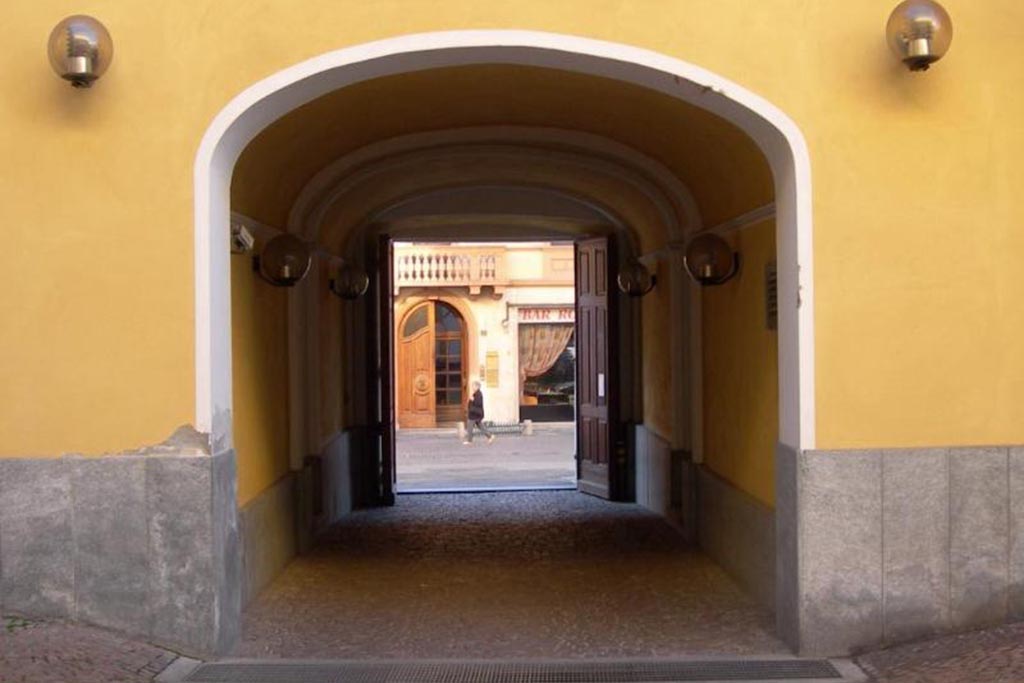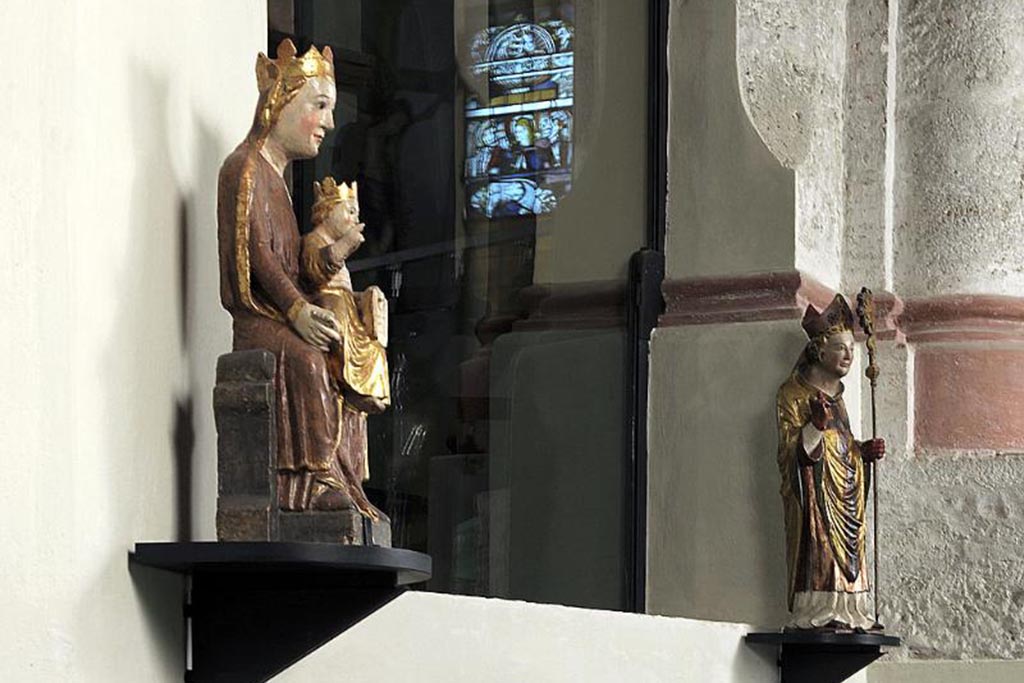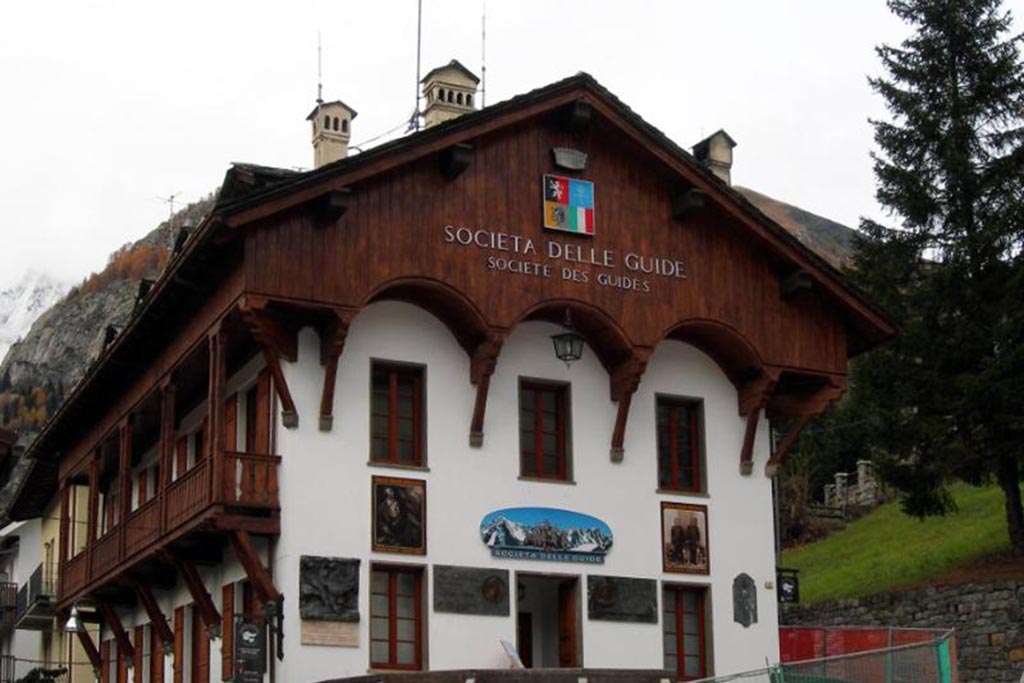Aosta’s museums feature archeological discoveries, precious artefacts and religious relics, as well as virtual tours of the Alps.
With so much ancient culture in evidence, Aosta’s museums are numerous and varied, featuring archaeological discoveries, precious artefacts and religious relics. You can also take virtual tours of the Alps, and through the Valley’s mountaineering and skiing history.
For further information on the museums in the valley see here.

REGIONAL ARCHEOLOGICAL MUSEUM
Formerly Challant barracks and a convent since its foundation in 1633, in the 18th century the building took on its current appearance. Its outdoor paintings reproduce the Savoy crest and Challant portraits. The museum is located underground, where excavations have exposed the main left gateway, one of the four gateways of the city walls in Augusta Praetoria. The museum takes you on a chronological journey, opening with Assyrian tablets collected by Canon Boson. It also features anthropomorphic statues found in Saint-Martin-de-Corléans; and a reconstructed funeral bed, burial rituals and offerings based on processed bones found in an incineration tomb. The building also hosts the “Pautasso” numismatic collection, displaying money from the Greek era to the Savoy period.

CATHEDRAL TREASURE MUSEUM
In Aosta’s historic centre, behind the main square, two of the town’s ancient cathedral bell-towers can still be seen. Archaeological excavations have enabled the reconstruction of different construction phases of the building of the church, and in the cathedral ambulatory a museum showcases a combination of pieces from the Cathedral’s rich treasure, and works of art from different parishes in the Valley. The most precious examples include a 13th century chimney from the Roman era with precious stones and pearls set in a gold frame, an ivory diptych by Anicio Probo from the Late Roman period, important Gothic sculptures, a precious gold collection, marble sepulchral sculptures, a bust of St. John The Baptist, and an oval agate cameo from the Ist century AD.

MUSEUM OF THE ALPS
This museum in Bard takes you on a virtual journey of the Alps using your five senses. There are 3D models, short films and touch screens that conjure up typical Alpine sounds and sights including the slopes, skiing, the changing climate, the short highland seasons, the plants and the tenacious inhabitants of the mountains; and a 3D video takes visitors on a flight from the summit of Mont Blanc, across the Valle d’Aosta, among glaciers, waterfalls and castles, and over Bard fortress. The geography room has an interactive map where you can “walk” on the Alps; and you can learn about old Alpine civilisation and work culture, as well as the Valley’s mountaineering history.

MAISON DE MOSSE
This house-fortress was built by The D’Avis family beside the Roman Gaul Road which passed through the Runaz territory from east to west. Towards the end of the 10th century the D’Avis signoria was divided among four brothers: Jean la’Ancien got Valgrisenche, Boniface got Avise, Rolet would reign over Leverogne and Planaval, and, lastly, Jean le Jeune became Lord of Runaz. They probably transformed the house-fortress into a residence, proved by its beautiful 16th century windows. The style is Late Gothic, finished in Villeneuve stone. There are exhibitions here during the summer and other selected periods of the year.

POPE JOHN PAUL II MUSEUM
Pope John Paul II first came to the Aosta Valley in 1989 for a summer holiday, when it’s said he felt his aches and pains magically disappear, almost as if the peaceful surroundings had a medicinal effect. The John Paul II Maison-Musée was erected as a way of keeping his memory alive, exhibiting a series of objects, documents and photographs which on one hand represent the worldly, apostolic aspect of the Holy Father and on the other, his residence in the Valley through personal objects used during his Valdostane holidays.

THE DUKE OF ABRUZZI ALPINE MUSEUM
Located in the Guides’ House in Courmayeur, the Museo Alpino Duca degli Abruzzi was opened in 1929 by Luigi Amedeo of Savoy, the Duke of Abruzzi. The museum is divided over two floors: the ground floor hosts the offices of the Alpine Guides with a 3D, plastic map of the Mount Blanc massif, some period photographs and historic ice-axes, and mountaineers’ books full of their notes. The room was designed by the architect Aldo Cosmacini and was decorated with ceiling panels painted by the Valdostane artist Franco Balan. On the first floor you can view itinerary photographs, find out about polar expeditions undertaken by the Duke of Abruzzi, and look at Alpine materials illustrating the evolution of mountaineering methods.
